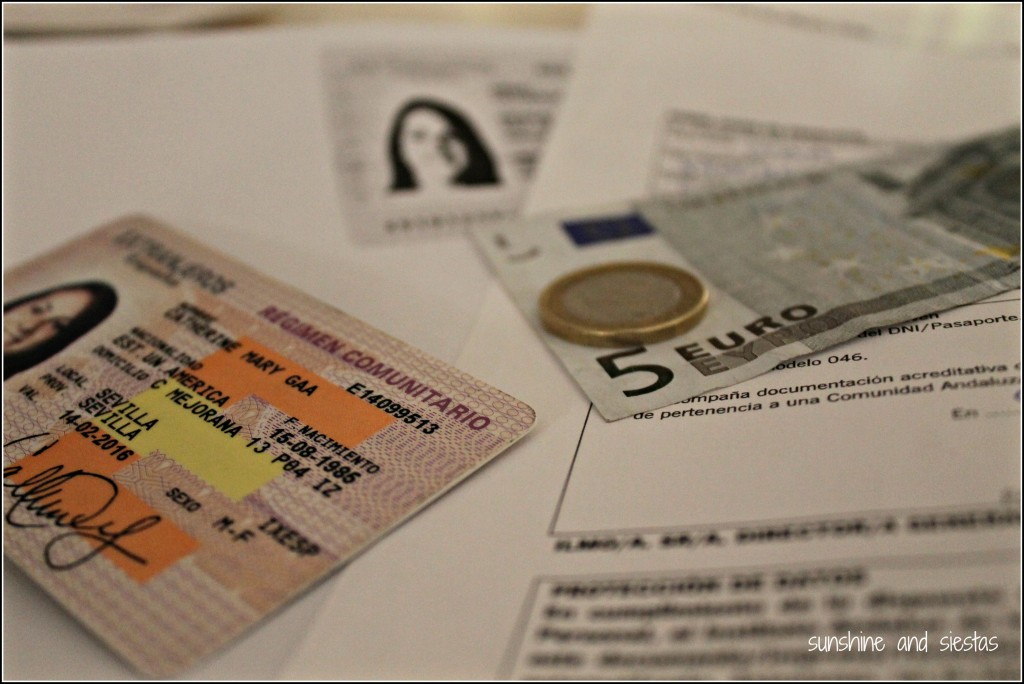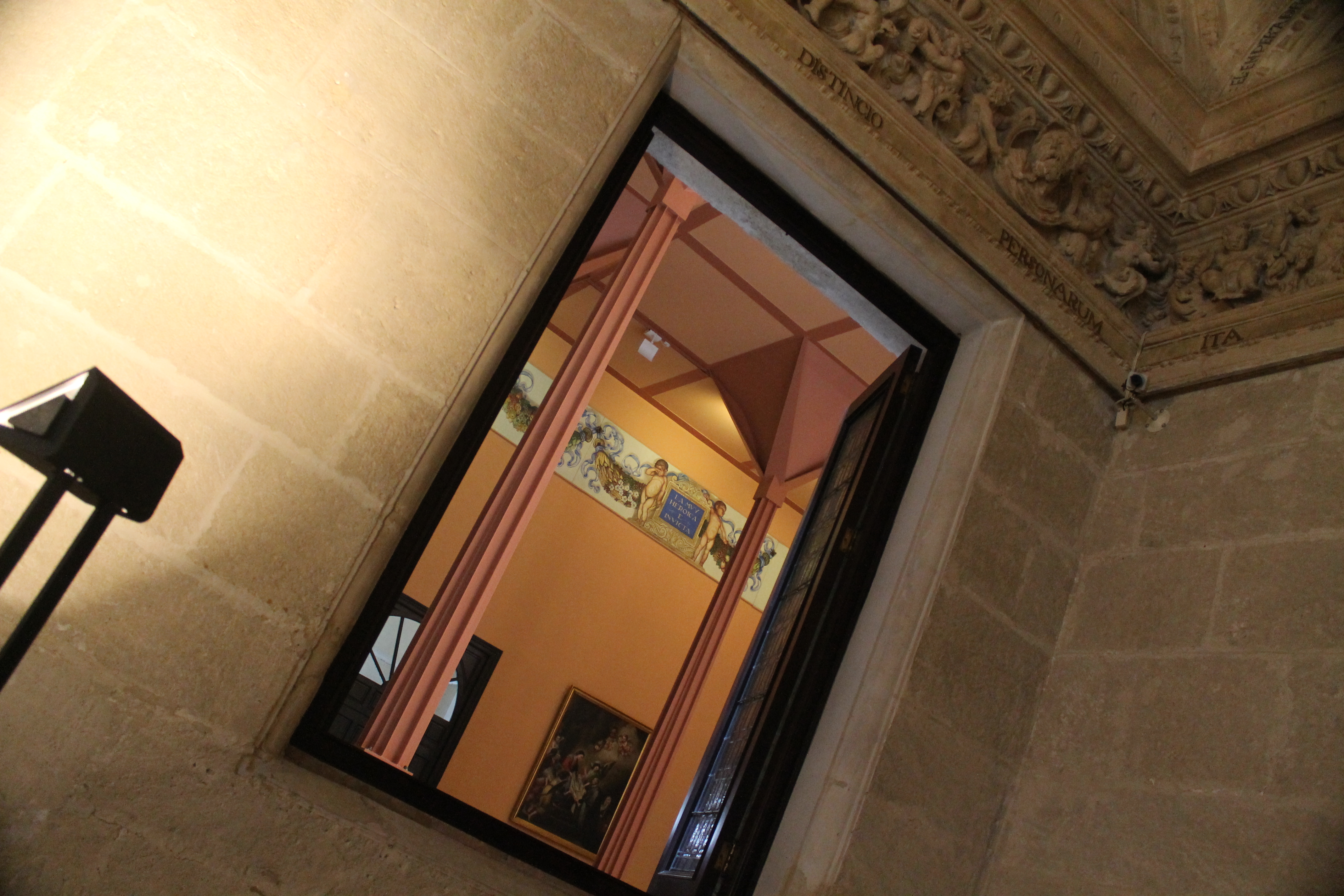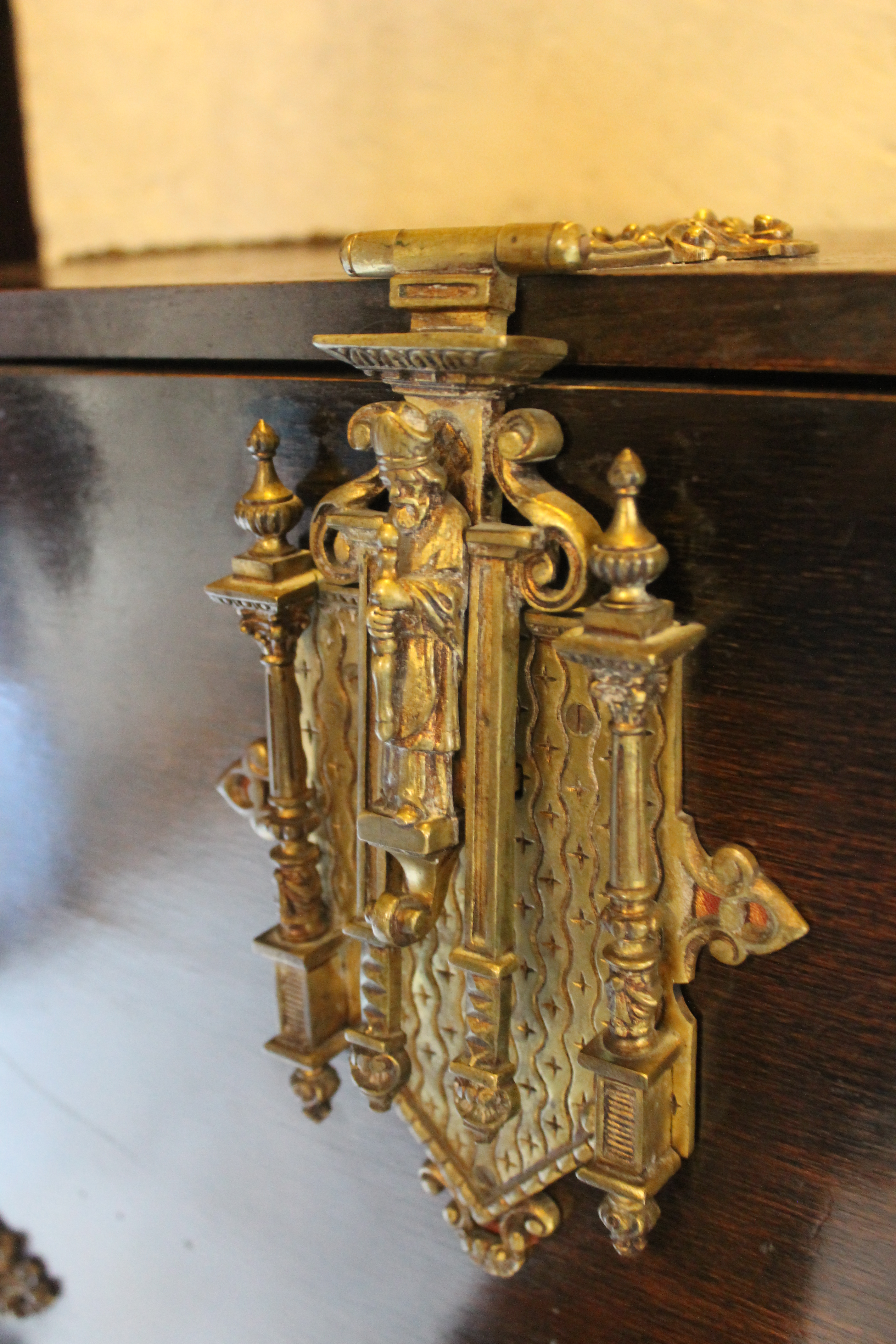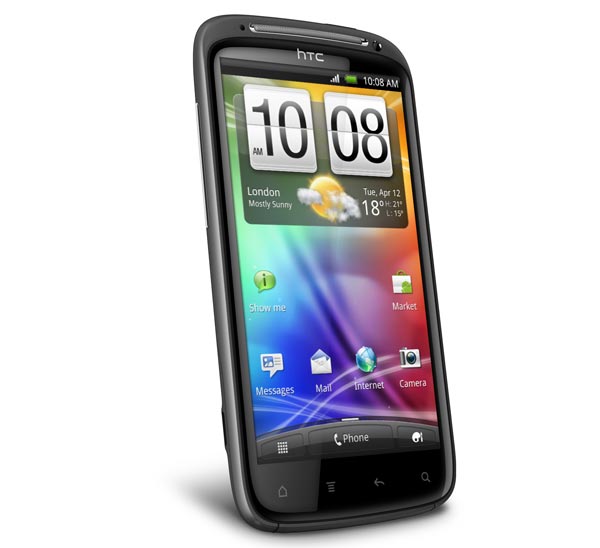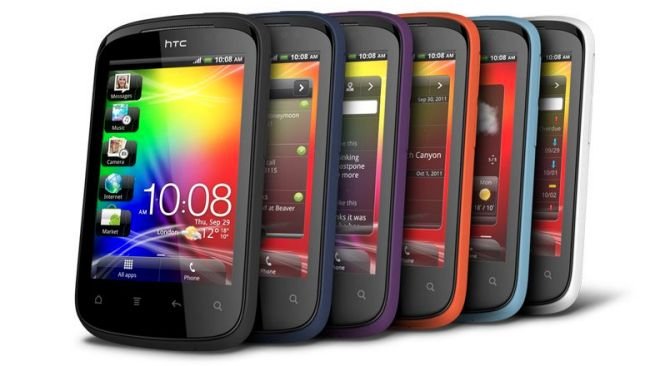Ah, youth. The period of your life where everything is confusing, the future is uncertain and where you rely – perhaps more heavily than necessary – on others to stay afloat. Even as a 27-year-old living in another country, I still feel like I’m in this not-quite-an-adult limbo (like the Britney Spears song).
But don’t worry, guiri friends. The government has got your back on this one!
With the unemployment rate in Spain climbing as fast as our taxes, the Andalusian government became the first autonomy to amplify the carné jóven, a sort of discount card that can be redeemed at places all around Andalucía and Spain. Valid until the day you turn 31, shops, beauty parlors and even hotels will give you discounts by simply presenting the card and a photo ID. It’s similar to the ISIC card and can save you oodles on all types of services.
What you’ll need
- Your NIE and one photocopy (in its absence, your passport and proof of residency in Andalucía)
- Form Anexo 1 (available here)
- Proof of being Andalusian or proof of residence in the Andalusian community (usually your NIE will suffice, if not, a housing contract or bill will do)
- 6€
Where to go
The Institutos Andaluces de Jóvenes, as well as some local banks and any offices of información juvenil in your village, are authorized to process your paperwork and give you the rights to own a card. But, as with many things in Spain, you’ll have to turn in your paperwork and THEN go to a bank with form Modelo 46, wait in another line and pay a fee, called a tasa, of 6€. Cards can be processed in the same day if turned in before 10a.m., or sent to your residence.
Similarly, there’s an online portal.
| Dirección Provincial del I.A.J. C/General Tamayo, 23 04001-Almería Tlf: 950 00 66 00 Fax: 950 00 66 20 E-mail:informacion.al.iaj@juntadeandalucia.es |
Dirección Provincial del I.A.J. Alameda Apodaca, 20 11003-Cádiz Tlf: 956 00 75 00 Fax: 956 00 75 20 E-mail:informacion.ca.iaj@juntadeandalucia.es |
| Dirección Provincial del I.A.J. C/ Adarve, 2 14002-Córdoba Tlf: 957 35 22 40 Fax: 957 35 22 41 E-mail:informacion.co.iaj@juntadeandalucia.es |
Dirección Provincial del I.A.J. C/ Ancha de Santo Domingo, 1 18009-Granada Tlf: 958 02 58 50 Fax: 958 02 58 70 E-mail:informacion.gr.iaj@juntadeandalucia.es |
| Dirección Provincial del I.A.J. C/Rico, 26 21001-Huelva Tlf: 959 01 19 50 Fax: 959 01 19 51 E-mail:informacion.hu.iaj@juntadeandalucia.es |
Dirección Provincial del I.A.J. C/Arquitecto Berges, 34 – A 23007-Jaén Tlf: 953 00 19 50 Fax: 953 00 19 70 E-mail:informacion.ja.iaj@juntadeandalucia.es |
| Dirección Provincial del I.A.J. C/ Carretería, 7 29008-Málaga Tlf: 951 04 09 19 Fax: 951 04 09 20 E-mail:informacion.ma.iaj@juntadeandalucia.es |
Dirección Provincial del I.A.J. C/O´Donnell, 22 41001-Sevilla Tlf: 955 03 63 50 Fax: 955 03 63 60 E-mail:informacion.se.iaj@juntadeandalucia.es |
Where it’s valid
Good news – if you’re under 27, you get a 20 – 25% discount on train tickets for the AVE and media distancia trains. Bad news: I turned 27 two months ago and no longer receive these amazing deals. Still, the card is valid all around Andalucía and in many other regions of Spain at youth hostels and hotels (10 – 15% off full price), private doctors and opticians (up to 20%), along with gyms, cafés and courses. A full list can be found clicking clicking here.
The Carné Jóven is also valid in 40 European countries if you’re 26 or under, much like an ISIC card.
If you’ve used a carné, tell me where! My main purpose for getting the card was for Renfe discounts, but I now don’t know where to make my 6€ count!
